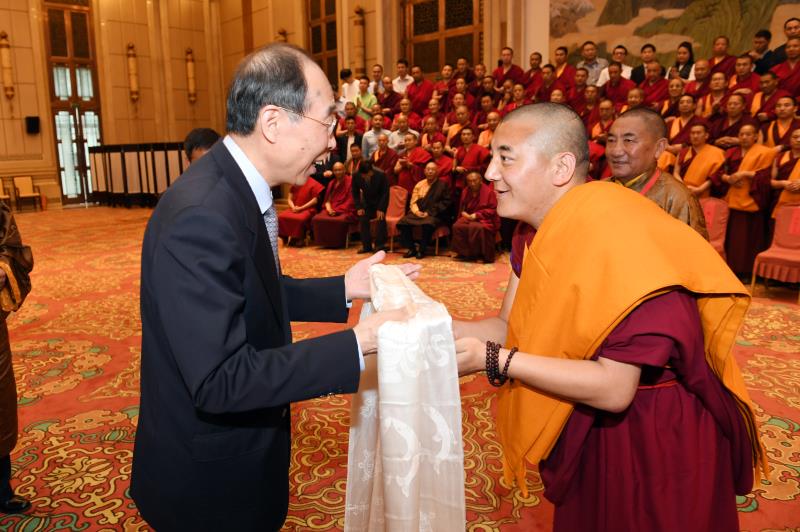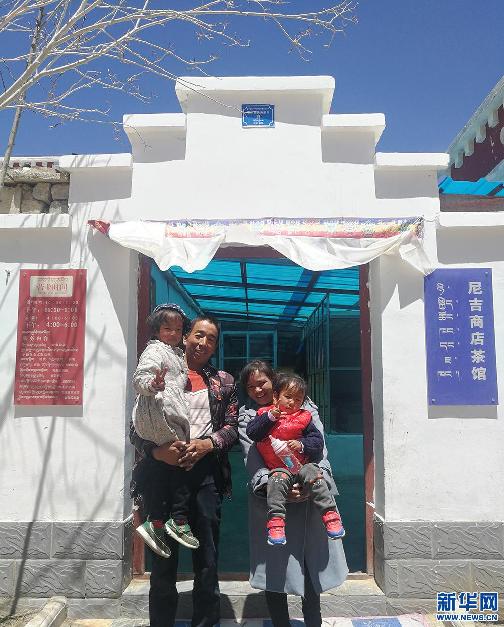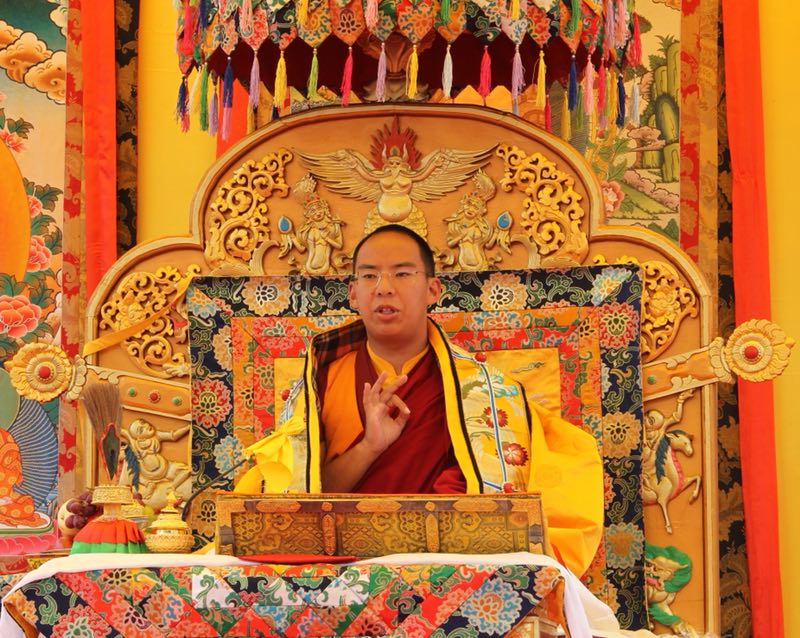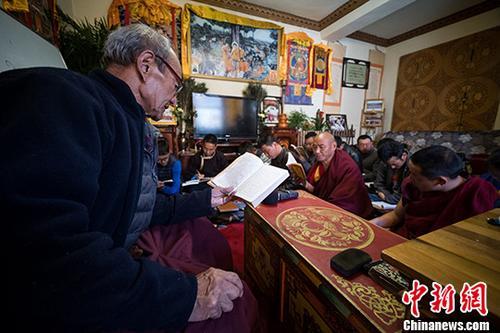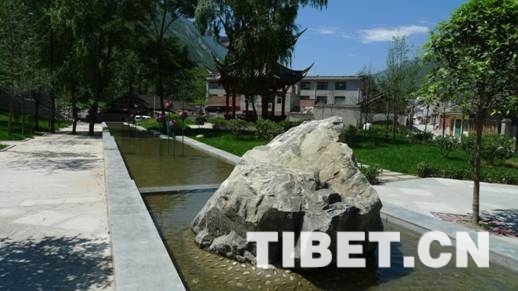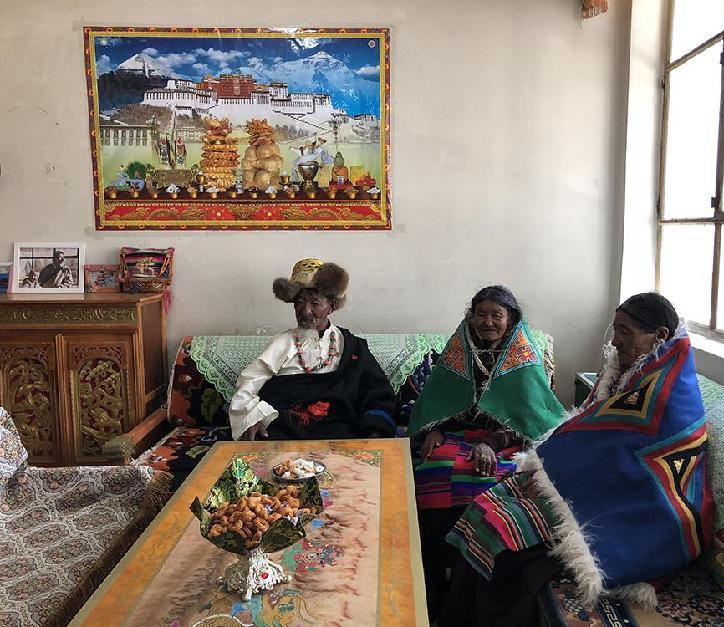Chinese Tibetology researchers exceeds 5000
On May 23, 1951, the Central People’s Government and the local Tibetan government signed the “Agreement on the Peaceful Liberation of Tibet” in Beijing, which launched a new era in Tibet’s historical development and also opened a new era for the development of Tibetan studies in contemporary China.
Recently, An Qiyi, secretary of the Party Committee of the China Tibetology Research Center, said, “China has created a relatively complete research and academic system for Tibetan studies, which includes more than 5,000 scholars and researchers who have attained remarkable academic achievements. Tibetology research has become a shining jewel in China’s comprehensive academic research.”
More than 100 Tibetology institutions
The China Tibetology Qomolangma Award is the highest award in the Tibetology field in China. The award is jointly reviewed by the country’s Tibetology community and has been given out four times.
“China is the hometown of Tibetan studies, and Tibetology research has a long history in China,” An Qiyi said. “Since the founding of New China and especially since Reform and Opening up, a group of Tibetology research institutions, teaching institutions, publishing agencies, exhibition institutions, and various cultural institutions have been established. According to incomplete statistics, China has more than 100 Tibetology institutions and dozens of Tibetology academic groups.”
Since the 1950s, the Central University for Nationalities(now called Minzu University of China) and other ethnic colleges have successively set up Tibetan studies programs and enrolled and trained undergraduates in this field. In the middle and late 1980s, colleges began enrolling students in postgraduate and doctoral programs. In 1998, Tibet University enrolled students for master program for the first time, and in 2013, Tibet University began conferring doctoral degrees.
“From 1987 to 2017, China trained a large number of Tibetology research students and formed a new structure of Tibetology research teams comprised of elderly, middle-aged, and young scholars of ethnic studies,” An Qiyi said.
“Chinese Tipitaka” can be read on a computer
On May 20, a ceremony to mark the first publication of the electronic version of the “Chinese Tripitaka” (Tibetan-language edition) was held in Beijing. The original edition of the “Chinese Tripitaka”, a series of Buddhist sutras, could thus be read using a computer.
The electronic version of the “Chinese Tripitaka” (Tibetan-language edition) was published on the basis of paper version of the China Tibetology Publishing House and is comprised of the “Kangyur” and “Tengyur” texts.
This is only a microcosm of the remarkable academic achievements having been made in the field of Tibetology in China in recent years. Since the founding of New China, there have been a large number of academic achievements in Tibetology in China. With solid historical materials and sufficient evidence, it can be argued that Tibetans are important members of the Chinese nation and that Tibet has been an inseparable part of China since ancient times.
An Qiyi said, “the exploration, collation, and publication of Chinese-language texts is an area that has attracted attention in Tibetology research since Reform and Opening up.” According to incomplete statistics, more than 200 important texts have been published, and many of them are rare or only have one existing copy. Some of these texts include the Compilation of Historical Archives on Relations Between the Local Tibetan Government and Central Government Since the Yuan Dynasty, Collection of Tibetan Historical Archives, and Records of Tibet and Tibetan Issues From the Second Chinese Historical Archive.
Your Comment
Name E-mailRelated News
-
-
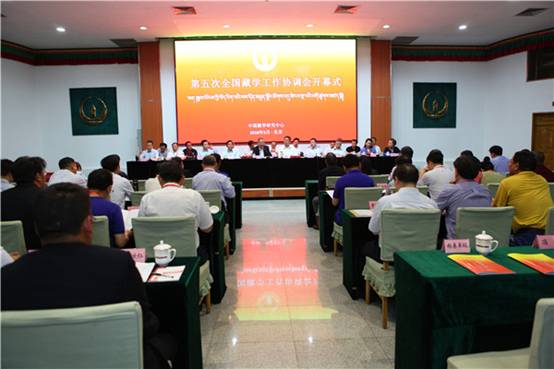
-
Fifth national coordination conference on Tibetology work held in Beijing
The Fifth National Coordination Conference on Tibetology Work, sponsored by the China Tibetology Research Center, was held from May 19 to 22 in Beijing.
-


